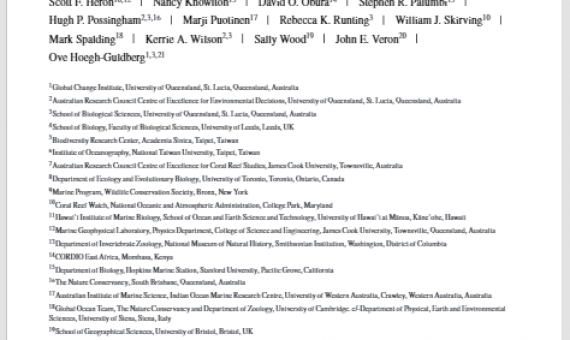Protected areas in the world’s ecoregions: How well connected are they?
Protected areas (PAs) are the main instrument for biodiversity conservation, which has triggered the development of numerous indicators and assessments on their coverage, performance and efficiency. The connectivity of the PA networks at a global scale has however been much less explored; previous studies have either focused on particular regions of the world or have only considered some types of PAs.


